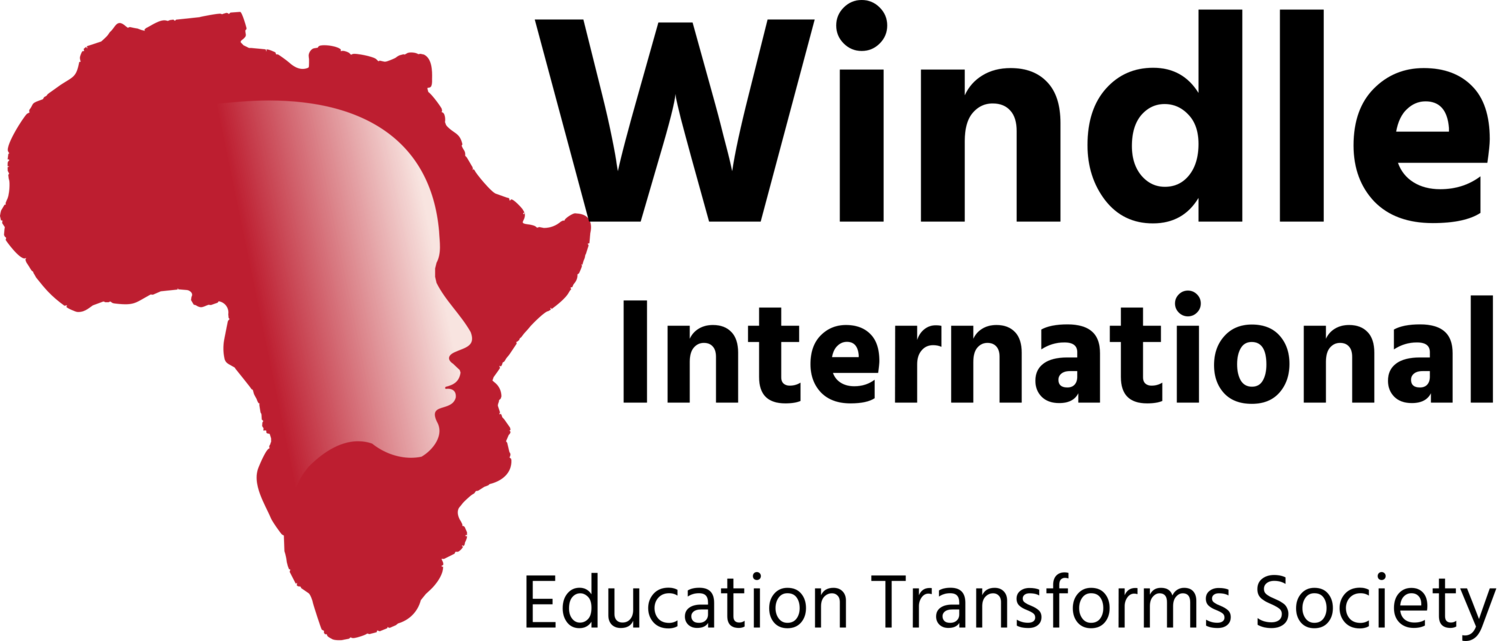The transformative power of art
Through a process of creating collaborative art, diverse communities can come together in times of conflict and social turmoil, and address the challenges they face together.
This World Creativity and Innovation Day we are celebrating Windle International Uganda’s partnership with Artolution. In 2019, the project worked with children and young people to create a series of murals and a short film exploring the themes most important to residents of Bidibidi Refugee Settlement, and the neighbouring town of Yumbe, in Northern Uganda.
Bidibidi @artolution is a team of South Sudanese and Ugandan artists & educators spreading joy, colour & healing in the largest refugee camp in Africa. Image credit: https://www.instagram.com/bidibidi_artolution/
Uganda hosts the largest number of refugees in Africa – more than 1.45 million, mostly from South Sudan but also from the Democratic Republic of the Congo and Burundi. The Bidibidi settlement alone hosts 235,000 people.
The project team worked with over 1,000 children and young people living in Bidibidi and Yumbe who have experienced conflict. The team, specialists in working with refugee youth, worked with them to help children tell their own stories through film and by creating large-scale community murals.
Artolution worked closely on the project with Windle International Uganda, UNHCR, and Education Above All. The project coordinator, Atwine Swizen, worked for Windle International Uganda and combined his passion for engaging with communities through arts programming with his experience in theatre as actor and theatre director, and his humanitarian expertise. The project resulted in the creation of collaborative murals, particularly focusing on themes like finding hope through education, and the importance of cross-cultural dialogue for working towards peace. The team worked with children and youth to teach them a range of skills, from film-making and harnessing their creativity, to developing skills in working together to achieve a common goal.
You can watch a film created as part of the project here.


